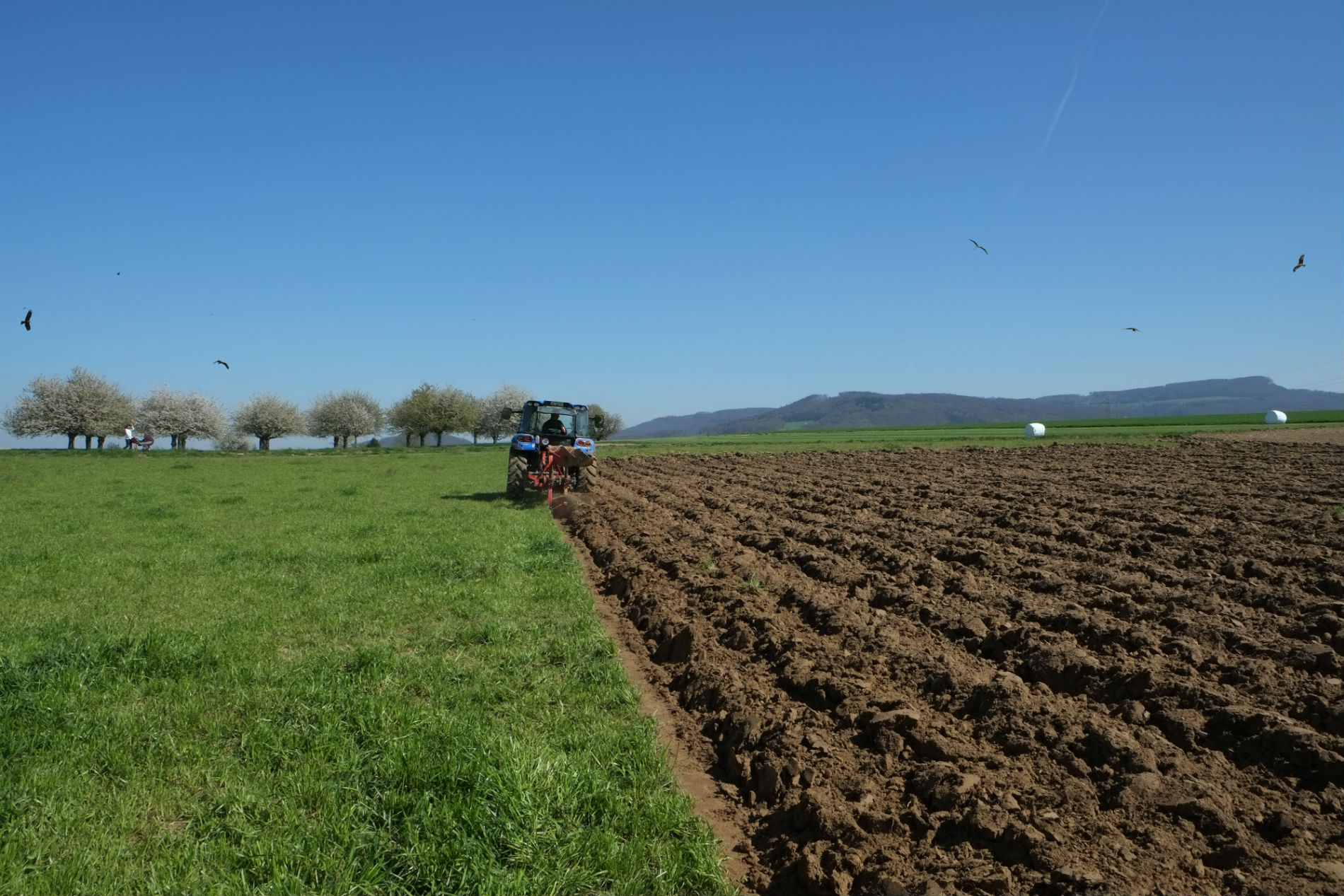
- recommended varieties
- Zucchini
- Pepo (exkl. Halloween)
- Maxima Squahes
- Moschata Squashes
- Halloween Pumpkin
- Special Pumpkins
- Ornamental gourd and more
- Calabashes
- Eggplants & Cucumbers
- Melon
- Organic Seeds
Information
Sowing and Planting Seeds
Our seeds will be delivered as soon as possible, but not later than the end of March or beginning of April.
Sowing seeds in pots
If you prefer to start the plants off in pots before putting them outdoors, then remember not to keep them there longer than is necessary. A long period spent in the pots will have serious consequences when the plants are transplanted outdoors as they will remain at the same stage for quite a long time before continuing grow. Do not begin too early, and certainly no earlier than the end of April. The best germination temperature is for the most Pumpkin varieties between 22 to 30 degrees. In this case the seeds are to be kept only moist, in no way wet.
Sowing seeds outdoors
If you prefer to sow the seeds outdoors, wait until the danger of frost is over in your area. The best time climatically is about in the middle of May.
Young plants and snails
Most cucurbit plants are loved by all kinds of snails. Take care and try to prevent snails from reaching your plants. You can easily find different kinds of snail-barriers in the shops.
Any further questions?
If you have any questions on sowing and planting cucurbits, do not hesitate to contact us - we will be happy to help you. We are hoping to receive some notes from you.
And now we wish you great pleasure and much success with your seeds and cucurbit plants.
Species, varieties and their names
There are more than 1000 varieties on the market. All of them have been obtained through breeding and crossing from only five botanical species. These are the garden pumpkin (Cucurbita pepo), the giant pumpkin (C. maxima), the moschus Pumpkin (C. moschata), the Fig Leaf Pumpkin (C. ficifolia) and the Ayote (Cucurbita argyrosperma). As the wild species show, the original species were all bitter but the bitter substance has gradually been bred out of them.
The names are legally protected and are the property of the various firms that have produced these varieties. It is forbidden to propagate a protected variety and to sell the seeds. To avoid conflicts and problems with the law, some firms produce these varieties (mostly open-pollinated varieties) under another name. So you will find two different names for a single variety on the market.
Unfortunately, this type of activity only helps to make the whole market for seeds obscure and difficult to operate, and we cannot support it. For this reason you will find synonims in some variety descriptions.
If you are not sure that you have the right one, please look for the variety you are looking for with our comfortable search function!
Any more questions?
If you have any questions about plantation, recipes, or pumpkin varieties then don't hesitate to contact us. We are eagerly looking forward to receiving your messages.
And now have fun with sowing and planting your seeds, and we wish you much success during the coming season!
Categories- All varieties (search)
- recommended varieties
- Zucchini
- Pepo (exkl. Halloween)
- Maxima Squahes
- Moschata Squashes
- Halloween Pumpkin
- Special Pumpkins
- Ornamental gourd and more
- Calabashes
- Eggplants & Cucumbers
- Melon
- Organic Seeds
Information


